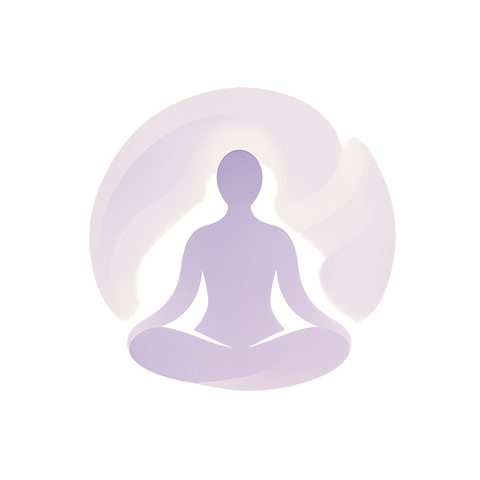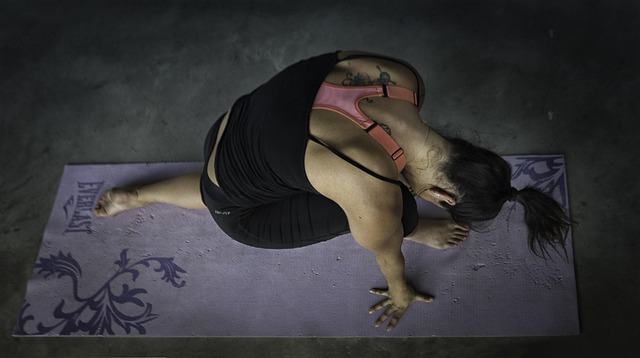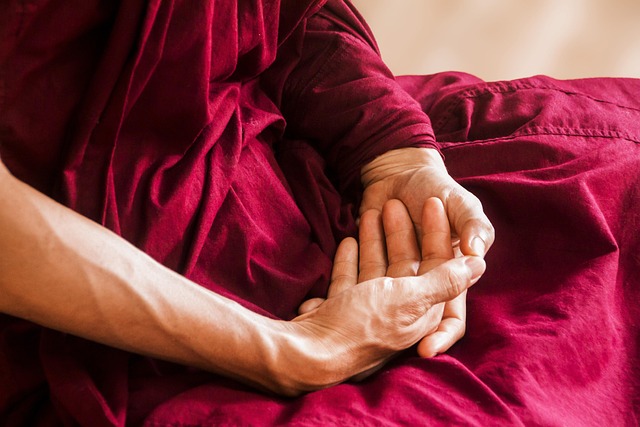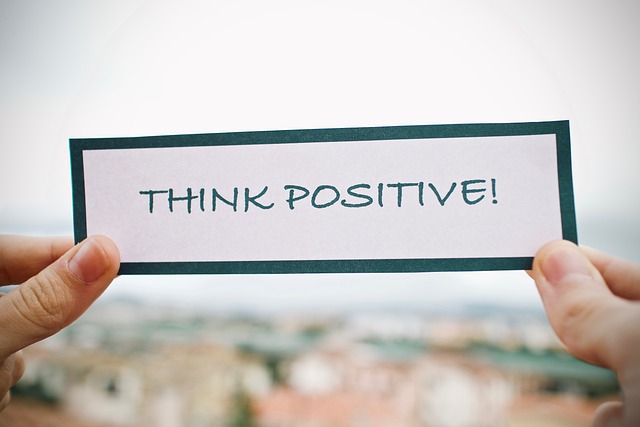Embarking on meditation classes is often seen as a quest for inner stillness, but the practice can be a doorway to profound self‑education. By turning attention inward, students gradually uncover layers of the soul that have been obscured by daily noise. In a structured class, guided breathing, mantra repetition, and mindful observation create a safe environment where curiosity can flourish. Participants learn to observe thoughts as they arise and let them drift away, freeing space for new insights to surface. This process not only refines mental clarity but also cultivates an authentic sense of self that transcends external labels.
Spiritual Insight Through Breath Awareness
One of the cornerstone techniques in meditation classes is breath awareness, which anchors the mind in the present moment. As students inhale and exhale, they notice the subtle rhythm that governs every cell. This awareness is the first step toward recognizing the interconnectedness of body, mind, and spirit. By observing the breath, practitioners start to feel the ebb and flow of emotions without judgment, allowing the soul to surface with clarity. The gradual detachment from automatic emotional responses paves the way for deeper spiritual insight, as the inner voice becomes louder and more authentic.
- Inhale: a gentle invitation to expand consciousness.
- Exhale: a release that dissolves mental clutter.
- Continuity: a rhythmic cycle that mirrors the universe.
Mindful Self‑Education in Daily Practice
Meditation classes do more than offer a pause; they provide a curriculum for lifelong learning. As students practice mindful listening, they develop the habit of questioning assumptions and seeking evidence within themselves. This self‑education fosters critical thinking that extends beyond the meditation cushion into everyday decisions. The practice of reflecting on thoughts, emotions, and sensations becomes a personal research method, enabling individuals to identify patterns, challenge limiting beliefs, and pursue growth with intentionality.
“The mind is a powerful teacher when it is taught to observe rather than to judge.” – Anonymous
Beauty and Skin Care as a Spiritual Ritual
While meditation classes focus on internal beauty, many practitioners discover that physical self‑care enhances their practice. Gentle skin care rituals—such as cleansing, moisturizing, and mindful application of natural products—can become extensions of meditation. Each step invites sensory awareness, grounding the practitioner in the present moment. When one approaches a skincare routine with intention and gratitude, the act transforms into a form of devotion that nurtures both body and soul. In this way, the line between self‑care and spiritual practice dissolves, offering a holistic path to well‑being.
- Cleanse: remove impurities while visualizing clarity.
- Moisturize: feed the skin with nourishing oils and affirm self‑love.
- Reflect: note how each sensation aligns with your inner rhythm.
Mental Health Benefits of Regular Attendance
Consistent participation in meditation classes has been linked to measurable improvements in mental health. Regular practice reduces levels of cortisol, the stress hormone, and promotes the release of endorphins that foster a sense of calm. Over time, individuals report enhanced emotional regulation, better sleep quality, and increased resilience to anxiety. Moreover, the supportive community within many meditation groups offers a safe space for sharing experiences, which reinforces feelings of belonging and reduces isolation—key factors for maintaining robust mental health.
Integrating Meditation Into Professional Life
For busy professionals, the notion of taking time for meditation may seem impractical. However, the benefits can be directly applied to the workplace. Short, focused meditation sessions—often just five to ten minutes—can sharpen concentration, boost creativity, and reduce decision fatigue. Many meditation classes offer guided micro‑sessions that can be practiced during a break or commute. By incorporating these moments of stillness into a hectic schedule, employees can experience clearer communication, more balanced leadership, and a greater sense of purpose at work.
Tools for Sustained Practice at Home
Creating a conducive environment at home enhances the effectiveness of meditation classes. Simple adjustments such as dimming lights, playing soft instrumental music, or placing a calming object like a crystal or essential oil diffuser can signal to the brain that it’s time to transition into a mindful state. Additionally, keeping a journal to record insights and emotions after each session supports ongoing reflection, allowing practitioners to track progress and refine their practice over time.
Community and Shared Learning
One of the most enriching aspects of meditation classes is the sense of community that develops among participants. Group sessions create a collective energy that magnifies individual intentions. When individuals share their experiences, questions, and breakthroughs, they contribute to a shared reservoir of knowledge. This communal learning environment encourages accountability, as members motivate each other to maintain consistency and deepen their practice. The collective journey not only strengthens personal growth but also reinforces a broader sense of interconnectedness.
Future Directions: Integrating Technology
As technology evolves, many meditation programs are exploring hybrid models that blend in‑person instruction with digital tools. Mobile apps, virtual reality environments, and guided audio tracks extend the reach of meditation classes, allowing individuals to practice anywhere and anytime. While the human element of live instruction remains irreplaceable, these technological adjuncts provide flexibility and personalized pacing, ensuring that the benefits of meditation can be accessed by a wider audience.
Conclusion: A Holistic Path to Well‑Being
Meditation classes offer a multifaceted approach to personal development that encompasses soul growth, spiritual insight, self‑education, beauty rituals, and mental health. By learning to observe breath, engage in mindful self‑care, and participate in a supportive community, practitioners can cultivate a resilient inner life that radiates outward. Whether one seeks clarity, emotional balance, or a deeper connection to self and others, the structured practice of meditation classes provides a reliable foundation upon which to build a meaningful, vibrant existence.




